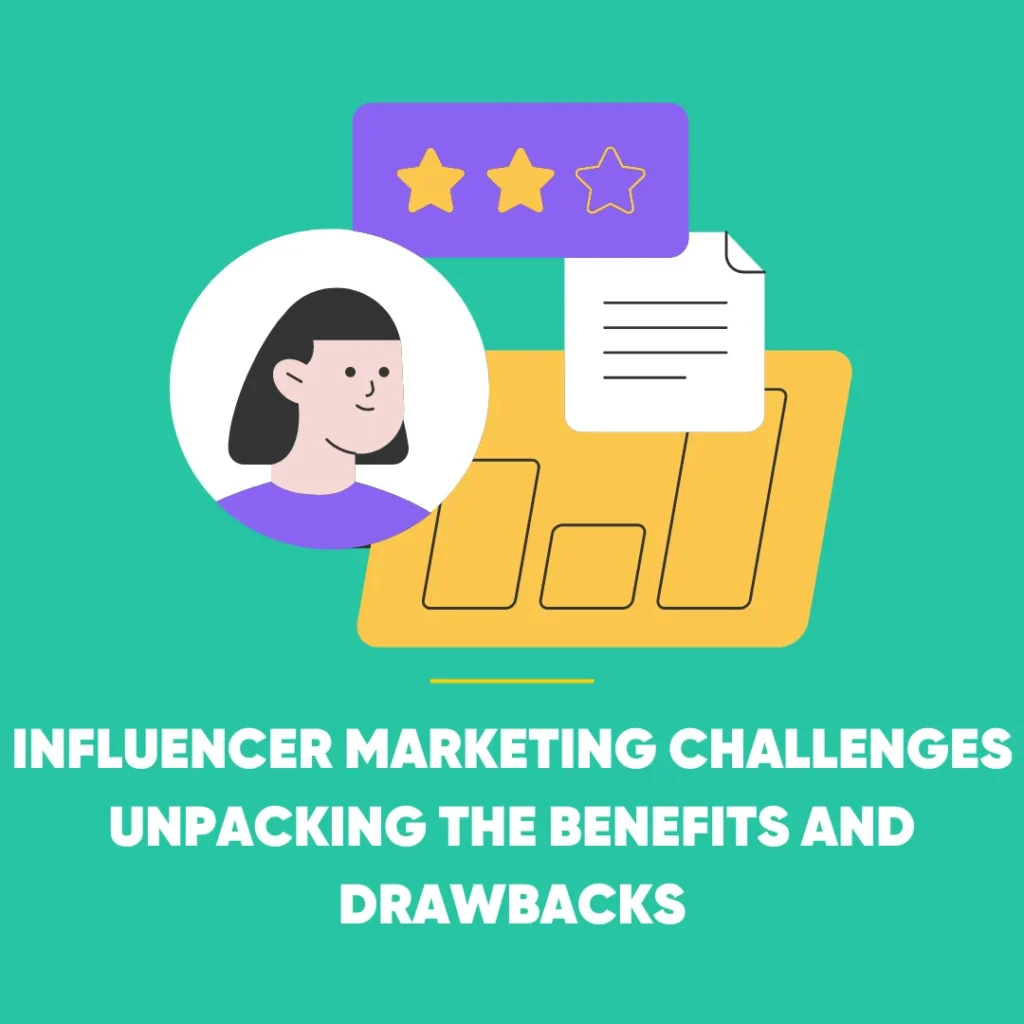
Getting Traffic to Your Website
Perhaps traffic to your website has dried up. Perhaps it’s simply a case of getting a new site out of the starting blocks. Or maybe you simply want to see the curve on that graph steepen a little more. Whatever your reasons are, there’s a big difference between simply getting traffic to your website and getting quality traffic with a genuine interest in your products and services.
First things first. Make sure you can be found. It sounds almost too obvious to say, but you may be surprised at the number of businesses that haven’t done a basic check to ensure that search engines can crawl and show your website to potential customers.
Google Search Console
Google Search Console is a free tool that offers you plenty of data and configuration control.
Let’s look at some examples of what it has to offer you and your business.
· Tells you whether Google can find your website and alerts you to any issues.
· Such issues include, but are not limited to, indexing problems and spam.
· Troubleshooting for mobile usability.
· Provide information about your visitors including traffic data, how often your site appears in Google and for which queries.
· Shows you how often searchers click through to your site for those queries.
It’s vital you look through your search console and fix any underlying errors that are stopping search engines from listing your site in their search results.
Set up your robots.txt file
An easily overlooked file that could result in search engines being accidentally blocked from crawling your website at all is the robots.txt file. This file is uploaded to your website to show search engines which pages they should and should not be crawling.
To solve this issue, simply check out your robots.txt file on your website
(normally on: www.yourdomain.com/robots.txt) and make sure that the following rule is not in place:
User-agent: *
Disallow: /
Sitemap: HTTPS: // www.example.com/sitemap.xml
If it is, you’ll need to remove the disallow rule and resubmit your robots.txt file through Google Search Console and the robots.txt tester.
Your sitemap
Information about your website’s URLs can be easily consumed by your sitemap. It’s effectively telling search engines to crawl them so they can rank for all the desired keywords.
Just ensure that all your sitemap’s URLs are up to date to avoid either old pages or the dreaded 404 error showing up.
Who is your target audience?
A solid understanding of your target audience will help you to create relevant content in an appropriate tone for them.
The buyer’s journey
It’s important to gain an understanding of what questions your buyer persona* ask at different stages of their buyer’s journey, allowing your blog posts to be tailored more specifically.
* A projection of your ideal customer, based on data about your current customers and your industry.
Digital Strategy
With a clear idea of what you’re offering and who you’re offering it to, it’s time to take a look at how you can best align your company’s digital strategy.
Keyword research
Start with keyword research for topics surrounding the services you offer, and the questions your buyer personas tend to ask. From here, you can take a look back at your website and see which points need expanding and adding based on your customer’s needs. In turn, this should generate the much-desired organic traffic.
Paid searches
It could be worth experimenting with paid advertising. This is especially true when we consider that many search engine browsers will have to scroll down before they arrive at the first organic search result. In an era when attention spans are shrinking at an alarming rate, the thoughtful targeted keyword use of Google Ads is certainly worth bearing in mind.
Social Media
Getting traffic through different social channels is a strong sign your posts are resonating. Research into user demographics for each different channel is worthwhile, with the likes of visual ads targeting a younger audience being more appropriate on Instagram than LinkedIn, for example.
Referral
Visits to your website from specific websites rather than search engines show you in a trustworthy and authoritative light. A good way to instigate such traffic is to write a guest post on an industry blog. Naturally, ensure that you are selective in which blogs you opt to write for.
Email marketing campaigns are all about re-engaging old visitors to your site. Remember, the last thing you want is people seeing your name pop up and discard the overall content due to previous emails being either inappropriate or irrelevant.
Conclusion
Whatever the reason you are looking to drive more traffic to your website, keep in mind that it’s the creation of thoughtful, visitor-tailored content that will help to ensure that you’re attracting the desired blend of both quality and quantity.
Good luck!
Byter Team









